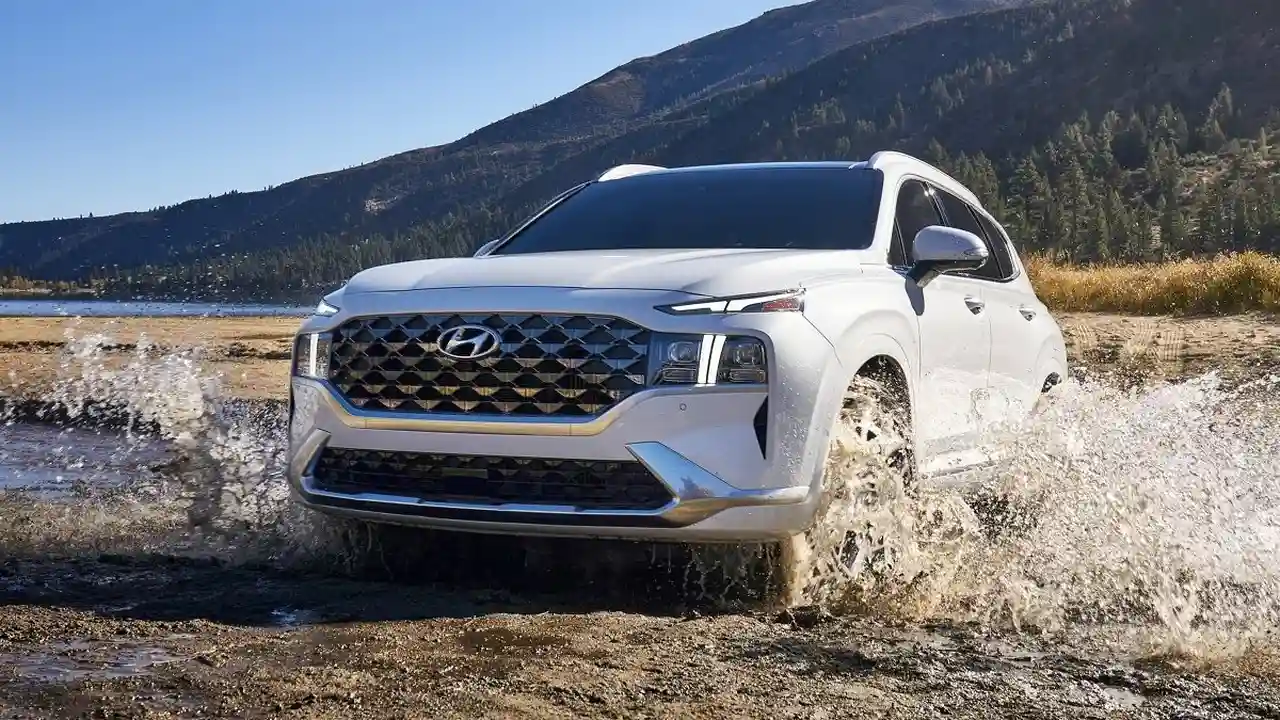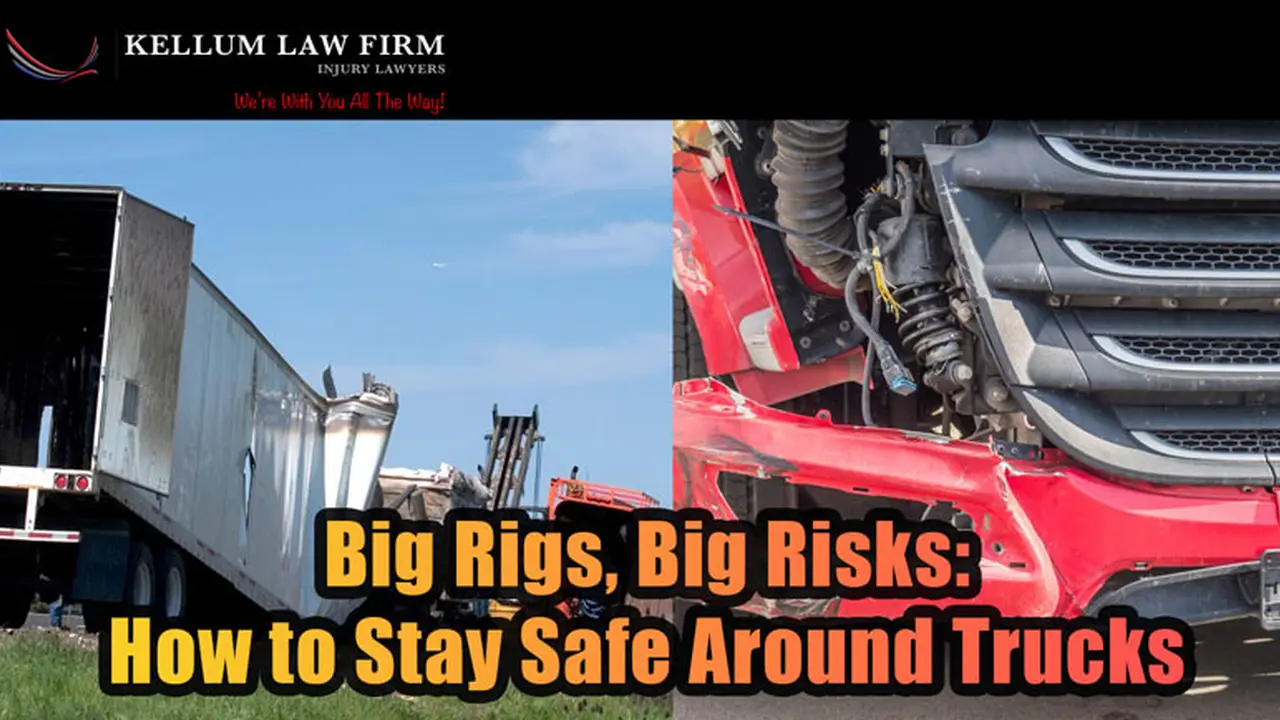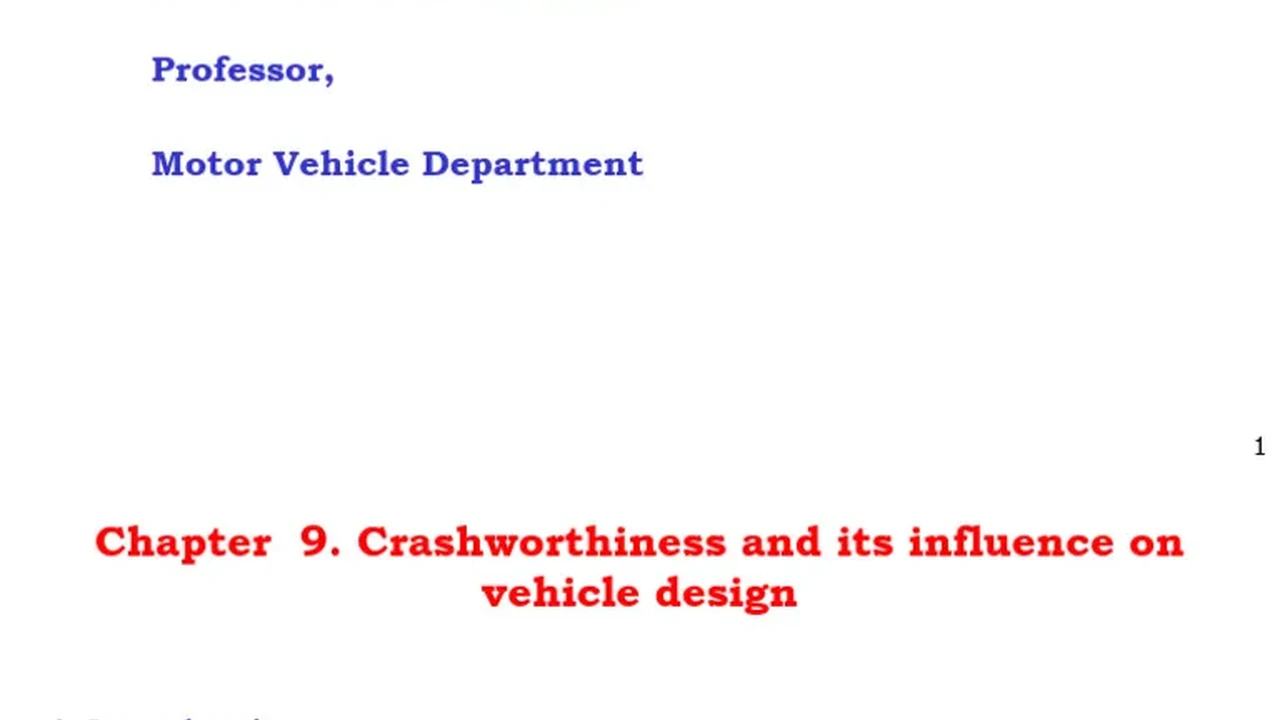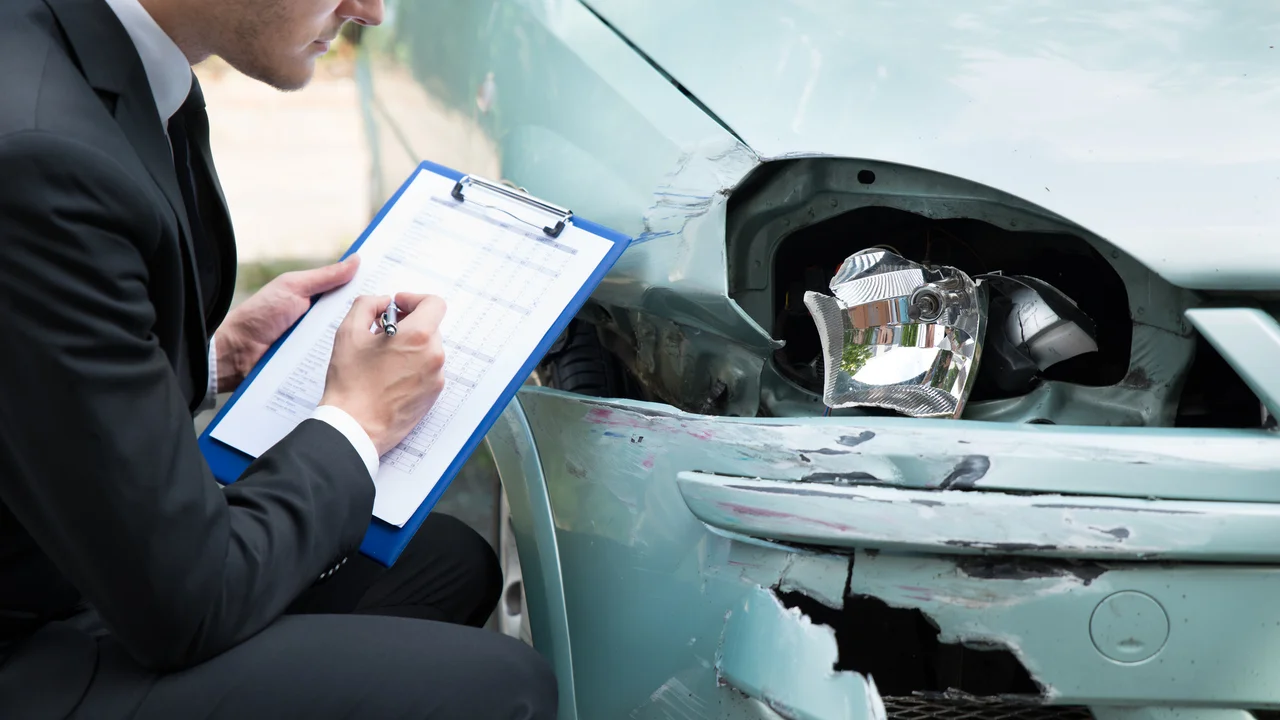The Safest SUVs for Families: A Comprehensive Review

Understanding Crashworthiness Ratings and Vehicle Design for Family SUVs
Alright folks, let's talk safety. When you're hauling precious cargo – your family – around, the last thing you want to worry about is whether your SUV can handle a fender bender, or worse. Crashworthiness ratings are your first line of defense, giving you a snapshot of how a vehicle performs in simulated accidents. Organizations like the IIHS (Insurance Institute for Highway Safety) and NHTSA (National Highway Traffic Safety Administration) put these SUVs through rigorous testing, slamming them into barriers, flipping them over, and evaluating how well they protect the occupants.
We're talking about factors like structural integrity – how well the vehicle's frame holds up – airbag deployment, and how well the safety systems work together to minimize injury. Vehicle design plays a HUGE role. Think of crumple zones that absorb impact energy, reinforced side structures to protect against side impacts, and advanced driver-assistance systems (ADAS) like automatic emergency braking and lane departure warning.
Top SUV Picks for Family Safety: A Deep Dive into Models and Features
Okay, let's get down to brass tacks. Which SUVs actually deliver when it comes to keeping your family safe? Here are a few standouts, breaking down their strengths, weaknesses, and real-world applications:
Subaru Ascent: The All-Around Safe Bet
The Subaru Ascent consistently earns top safety ratings year after year. It's a three-row SUV that's perfect for larger families, and it comes standard with Subaru's EyeSight driver-assist technology. This includes features like adaptive cruise control, lane keeping assist, and pre-collision braking. The Ascent’s symmetrical all-wheel drive also provides enhanced stability in various weather conditions, adding another layer of safety.
Pros: Excellent crash test scores, standard AWD, spacious interior, robust safety features.
Cons: Can be a bit pricey compared to some competitors, fuel economy is average.
Ideal for: Families who live in areas with snow or inclement weather, those who need a spacious and reliable SUV for daily commutes and road trips.
Price Range: $35,000 - $48,000 (depending on trim level and options)
Hyundai Palisade/Kia Telluride: The Value Champions with Top-Tier Safety
These two SUVs are essentially twins under the skin, and they're both incredibly impressive. They offer a ton of features for the price, including a comprehensive suite of advanced safety technologies. Think blind-spot monitoring, rear cross-traffic alert, and safe exit assist, which prevents passengers from opening doors into oncoming traffic. They also boast impressive crash test scores, making them a top choice for safety-conscious families.
Pros: Excellent value for money, spacious interior, comfortable ride, packed with safety features.
Cons: Can be difficult to find due to high demand, some may find the styling a bit polarizing.
Ideal for: Families on a budget who don't want to compromise on safety or features, those who need a comfortable and spacious SUV for long trips.
Price Range: $36,000 - $52,000 (depending on trim level and options)
Acura MDX: The Luxury SUV with a Focus on Safety
If you're looking for a more premium SUV that doesn't skimp on safety, the Acura MDX is a great option. It's known for its refined driving experience, luxurious interior, and advanced safety features. Acura's AcuraWatch safety suite includes features like collision mitigation braking system, road departure mitigation system, and adaptive cruise control with low-speed follow. The MDX also has a strong track record in crash tests.
Pros: Luxurious interior, refined driving experience, advanced safety features, strong crash test scores.
Cons: More expensive than some competitors, infotainment system can be a bit confusing to use.
Ideal for: Families who want a luxurious and safe SUV for daily commutes and weekend getaways.
Price Range: $50,000 - $65,000 (depending on trim level and options)
Mazda CX-9: The Driver's SUV with Impressive Safety Credentials
The Mazda CX-9 stands out for its sporty handling and stylish design. But don't let its good looks fool you – it's also a very safe SUV. It comes standard with Mazda's i-Activsense safety suite, which includes features like smart brake support, lane departure warning system, and blind spot monitoring with rear cross-traffic alert. The CX-9 has also earned top safety ratings from both the IIHS and NHTSA.
Pros: Sporty handling, stylish design, impressive safety features, comfortable interior.
Cons: Third-row seating is a bit cramped, cargo space is less than some competitors.
Ideal for: Families who enjoy driving and want a safe and stylish SUV for daily commutes and weekend adventures.
Price Range: $34,000 - $49,000 (depending on trim level and options)
Comparing Safety Features: ADAS and Beyond
So, what are the key safety features to look for? Beyond the basic airbags and seatbelts, advanced driver-assistance systems (ADAS) are becoming increasingly important. Let's break down some of the most common and effective ones:
Automatic Emergency Braking (AEB) Systems:
This system uses sensors to detect potential collisions and automatically applies the brakes to help avoid or mitigate the impact. It's a game-changer in preventing rear-end collisions.
Lane Departure Warning (LDW) and Lane Keeping Assist (LKA):
These systems help you stay in your lane by alerting you if you start to drift and even gently steering you back into place. They're particularly helpful on long highway drives.
Blind-Spot Monitoring (BSM) and Rear Cross-Traffic Alert (RCTA):
BSM alerts you to vehicles in your blind spots, while RCTA warns you of approaching traffic when you're backing out of a parking space. These systems are essential for navigating busy streets and parking lots.
Adaptive Cruise Control (ACC):
ACC maintains a safe following distance from the vehicle in front of you, automatically adjusting your speed to match the flow of traffic. It makes highway driving much less stressful.
Safe Exit Assist (SEA):
This system uses sensors to detect approaching vehicles or cyclists and prevents the rear doors from opening if it's unsafe. It's a great feature for protecting children in busy areas.
Real-World Scenarios: How Safety Features Can Save Lives
It's one thing to read about safety features, but it's another to understand how they can actually make a difference in real-world situations. Let's consider a few examples:
Scenario 1: The Distracted Driver. Imagine you're driving on the highway after a long day at work. You're a little tired and your mind starts to wander. Suddenly, the car in front of you slams on its brakes. Without automatic emergency braking, you might not react in time to avoid a collision. But with AEB, the system can detect the impending crash and automatically apply the brakes, potentially preventing a serious accident.
Scenario 2: The Blind Spot Surprise. You're changing lanes on a busy highway when a car suddenly appears in your blind spot. Without blind-spot monitoring, you might not see the other vehicle and could cause a collision. But with BSM, the system will alert you to the presence of the car, giving you time to react and avoid an accident.
Scenario 3: The Parking Lot Peril. You're backing out of a parking space at the grocery store when a car suddenly speeds by. Without rear cross-traffic alert, you might not see the approaching vehicle and could cause a collision. But with RCTA, the system will warn you of the approaching car, giving you time to stop and avoid an accident.
Beyond the Ratings: Other Factors to Consider for Family SUV Safety
While crashworthiness ratings and safety features are important, they're not the only factors to consider when choosing a safe SUV for your family. Here are a few other things to keep in mind:
Vehicle Size and Weight:
Larger and heavier vehicles tend to perform better in collisions with smaller vehicles. However, they can also be less maneuverable and have higher fuel consumption.
Visibility:
Good visibility is essential for avoiding accidents. Look for SUVs with large windows, a high driving position, and minimal blind spots.
Reliability:
A reliable SUV is less likely to break down and leave you stranded on the side of the road. Check reliability ratings and read owner reviews to get a sense of a vehicle's dependability.
Maintenance:
Proper maintenance is crucial for keeping your SUV in safe working condition. Follow the manufacturer's recommended maintenance schedule and address any issues promptly.
Pricing and Value: Finding the Sweet Spot for Family SUV Safety
Safety doesn't have to break the bank. While some of the safest SUVs are also the most expensive, there are plenty of affordable options that offer excellent protection. The Hyundai Palisade and Kia Telluride, as mentioned before, are great examples of value-packed SUVs with top-tier safety ratings. Don't be afraid to shop around and compare prices to find the best deal.
Consider the total cost of ownership, including fuel consumption, insurance, and maintenance, when evaluating the value of an SUV. A cheaper SUV might end up costing you more in the long run if it's less fuel-efficient or requires more frequent repairs.
The Future of Family SUV Safety: What's on the Horizon?
The automotive industry is constantly evolving, and safety technology is advancing at an incredible pace. We can expect to see even more sophisticated safety features in future SUVs, including:
Enhanced Automatic Emergency Braking Systems:
These systems will be able to detect pedestrians, cyclists, and even animals, and will be able to apply the brakes more effectively in a wider range of situations.
Advanced Lane Keeping Assist Systems:
These systems will be able to keep the vehicle centered in its lane more accurately and will even be able to navigate curves and hills.
Driver Monitoring Systems:
These systems will use sensors to monitor the driver's alertness and will provide warnings if the driver is drowsy or distracted.
Vehicle-to-Vehicle (V2V) Communication:
This technology will allow vehicles to communicate with each other, sharing information about their speed, location, and direction of travel. This will help to prevent accidents by giving drivers more time to react to potential hazards.
Choosing the safest SUV for your family is a big decision. Do your research, compare models, and prioritize safety features that are important to you. And remember, even the safest SUV can't compensate for reckless driving. Always drive responsibly and follow the rules of the road.
:max_bytes(150000):strip_icc()/277019-baked-pork-chops-with-cream-of-mushroom-soup-DDMFS-beauty-4x3-BG-7505-5762b731cf30447d9cbbbbbf387beafa.jpg)






